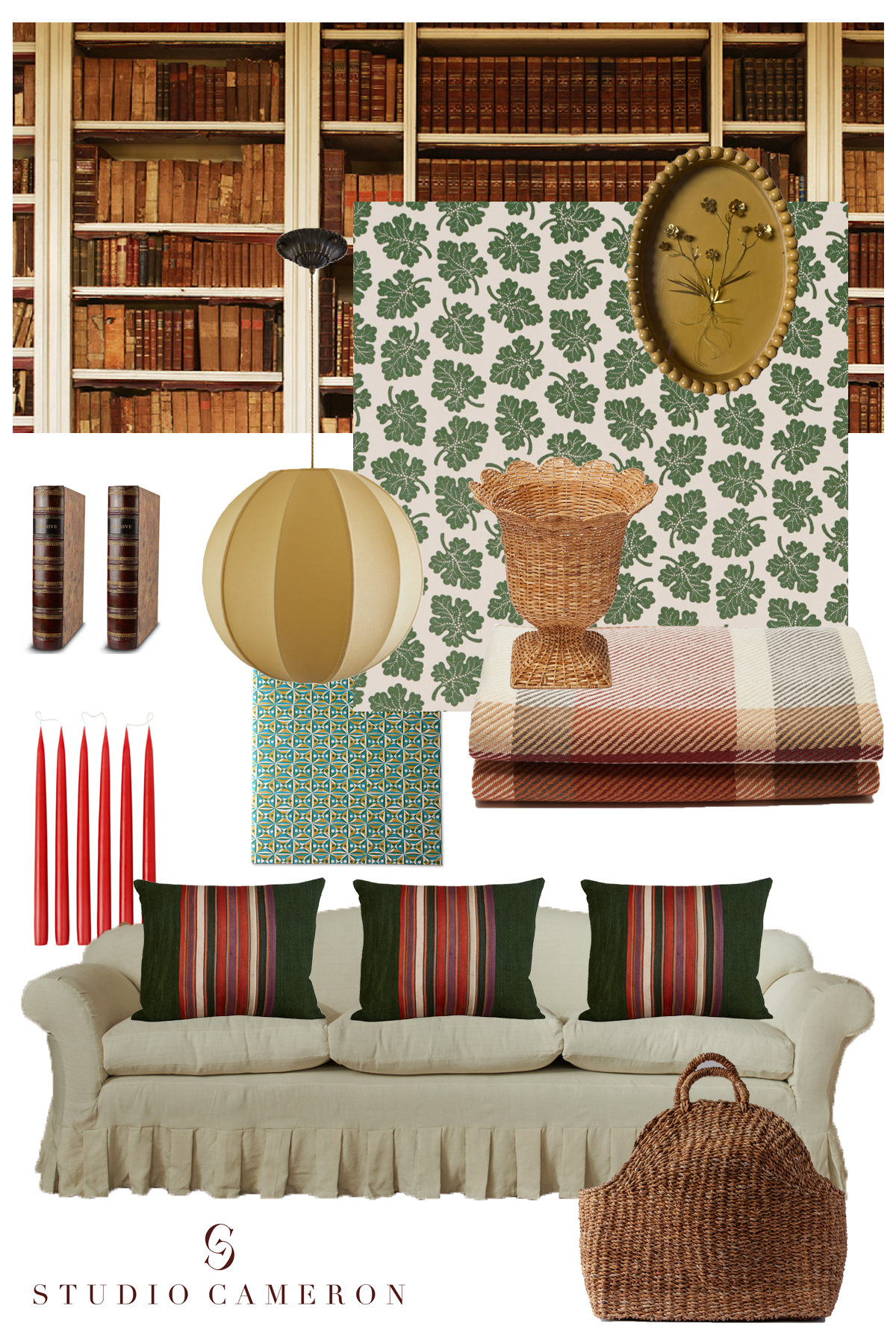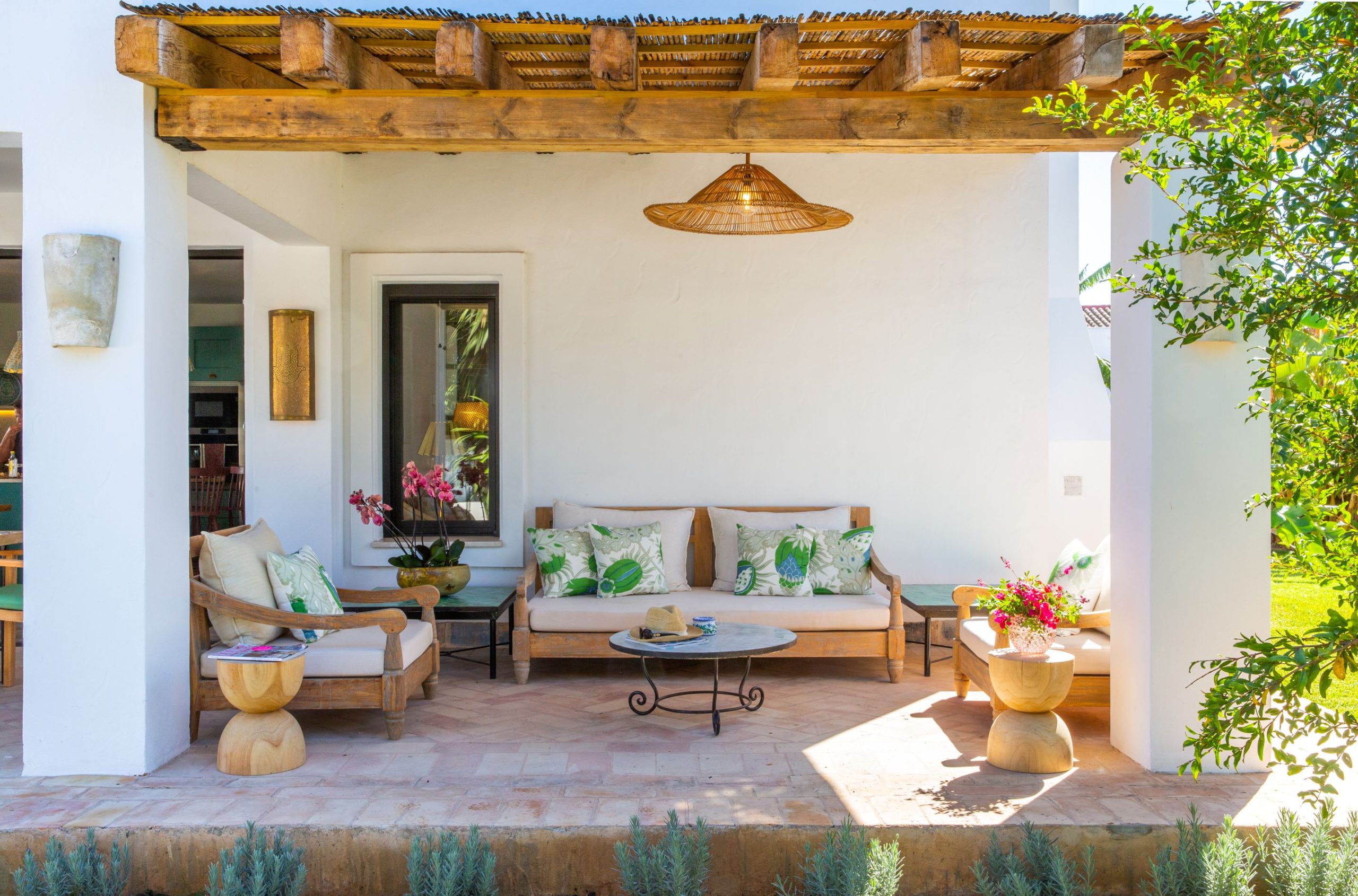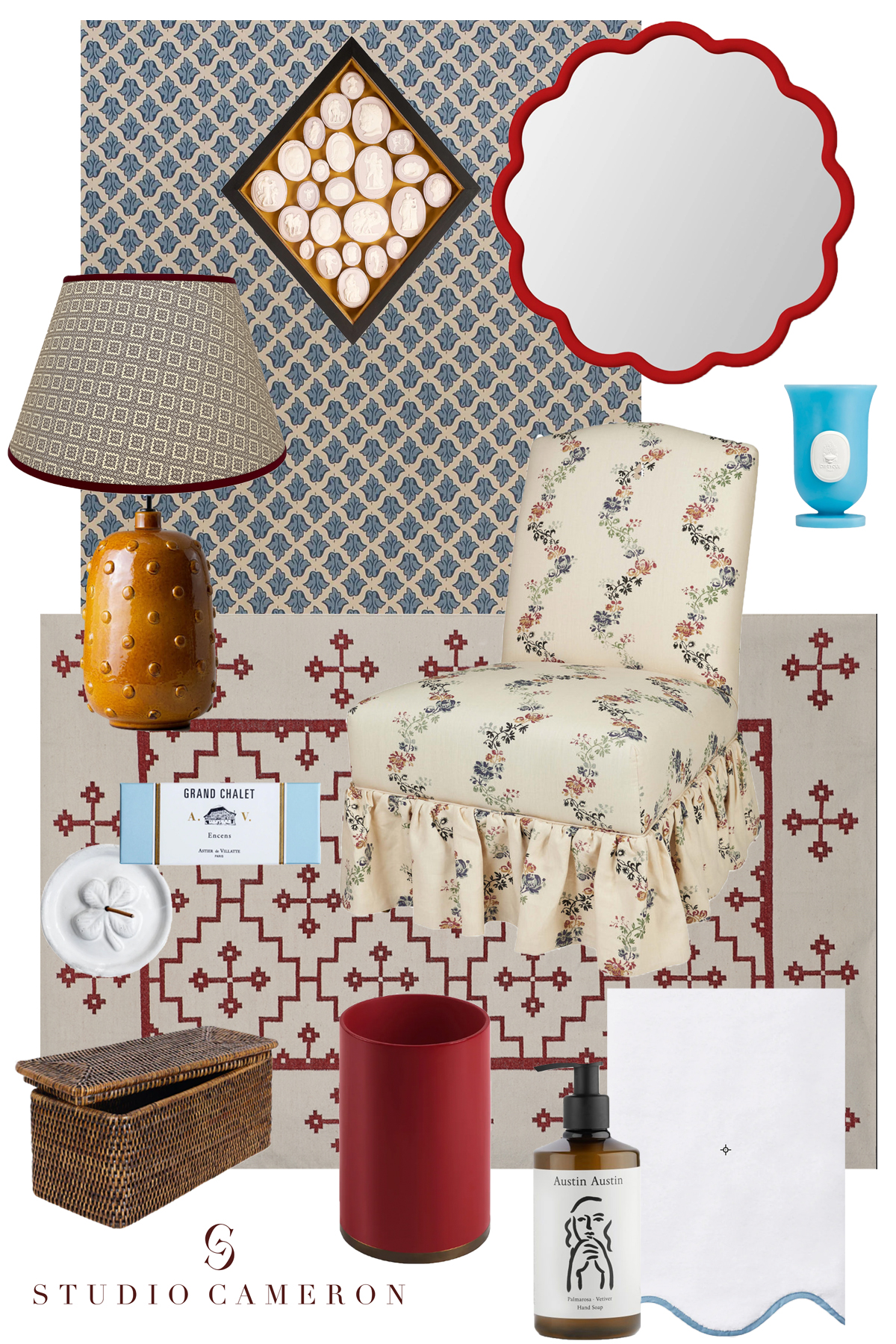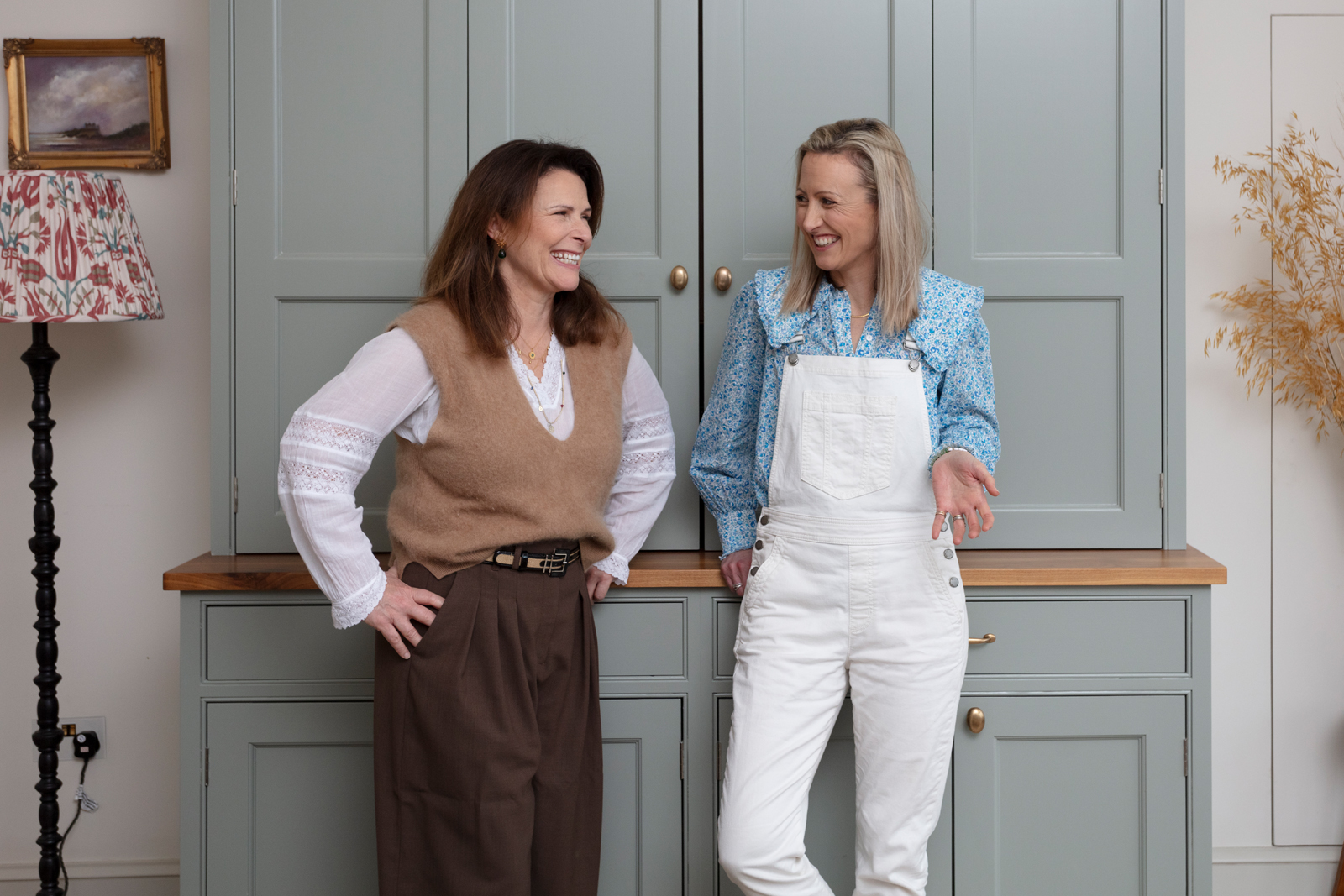Natasha McEwen on the healing power of gardening, design inspiration, and the impact of global warming.
Natasha McEwen’s path to becoming a renowned garden designer began in the most organic way—through a love of plants and the healing power of gardening. Growing up in the idyllic countryside of Shropshire, surrounded by nature, Natasha’s early life was shaped by the landscapes around her. But it wasn’t until later, after a family crisis, that she fully embraced gardening as both a creative outlet and a profession. Today, Natasha is celebrated for her thoughtful garden designs that blend harmoniously with their environments and her deep understanding of plants. In this interview, Natasha shares her journey, inspirations, and the lessons she’s learned along the way.
“It’s not just about making something look pretty—it’s about understanding how the space will feel, how it will be used, and how it fits within its environment”
Tell us about your childhood and where you grew up.
I mainly grew up in Shropshire. My father was in the army, so we moved around a bit, but we settled in Shropshire when I was about 8. It was a wonderful childhood—lots of pony club activities and teenage parties. We spent so much time outdoors, roaming the countryside. It’s funny, really, because I think we were part of the last generation to grow up before the internet and social media took over. Life felt simpler. My parents always had a vegetable garden, and some of my earliest memories are of picking peas and carrots or sitting on the grass with toys while my mother weeded.
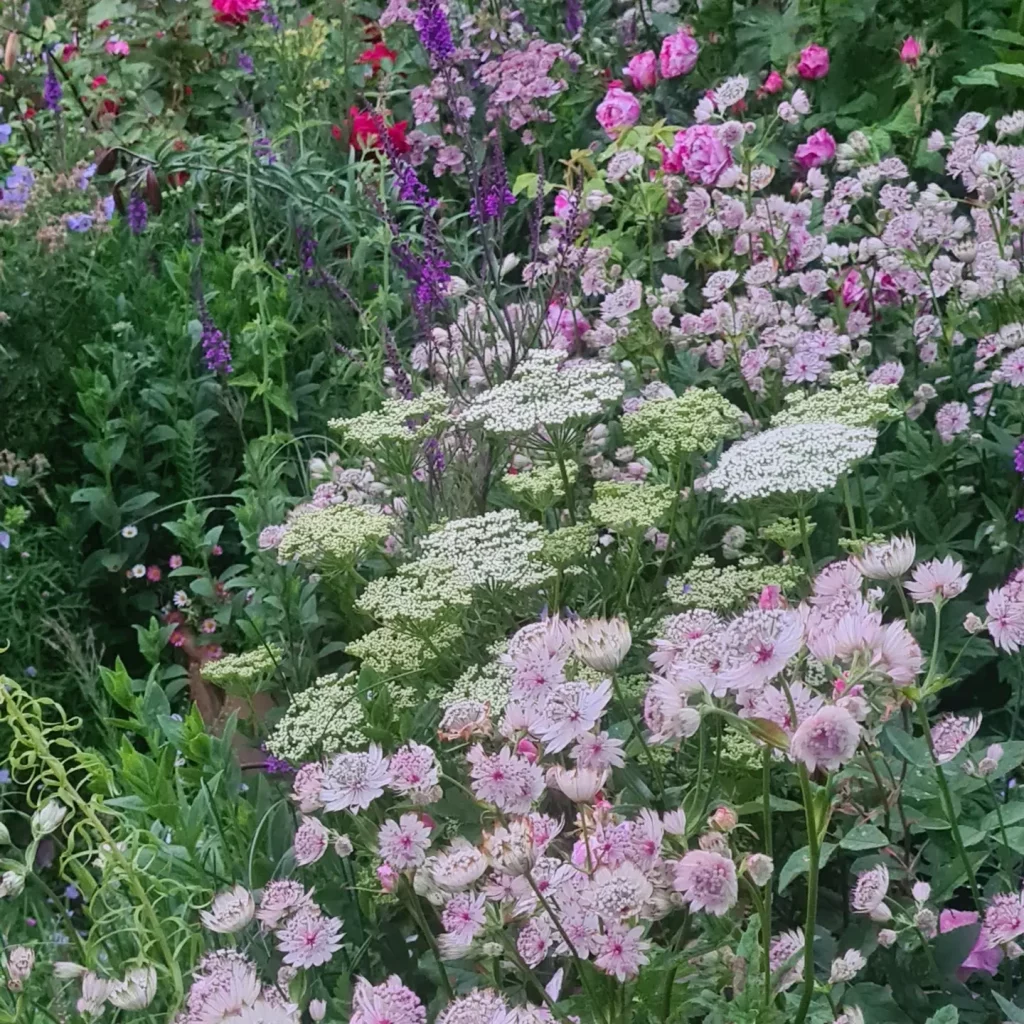
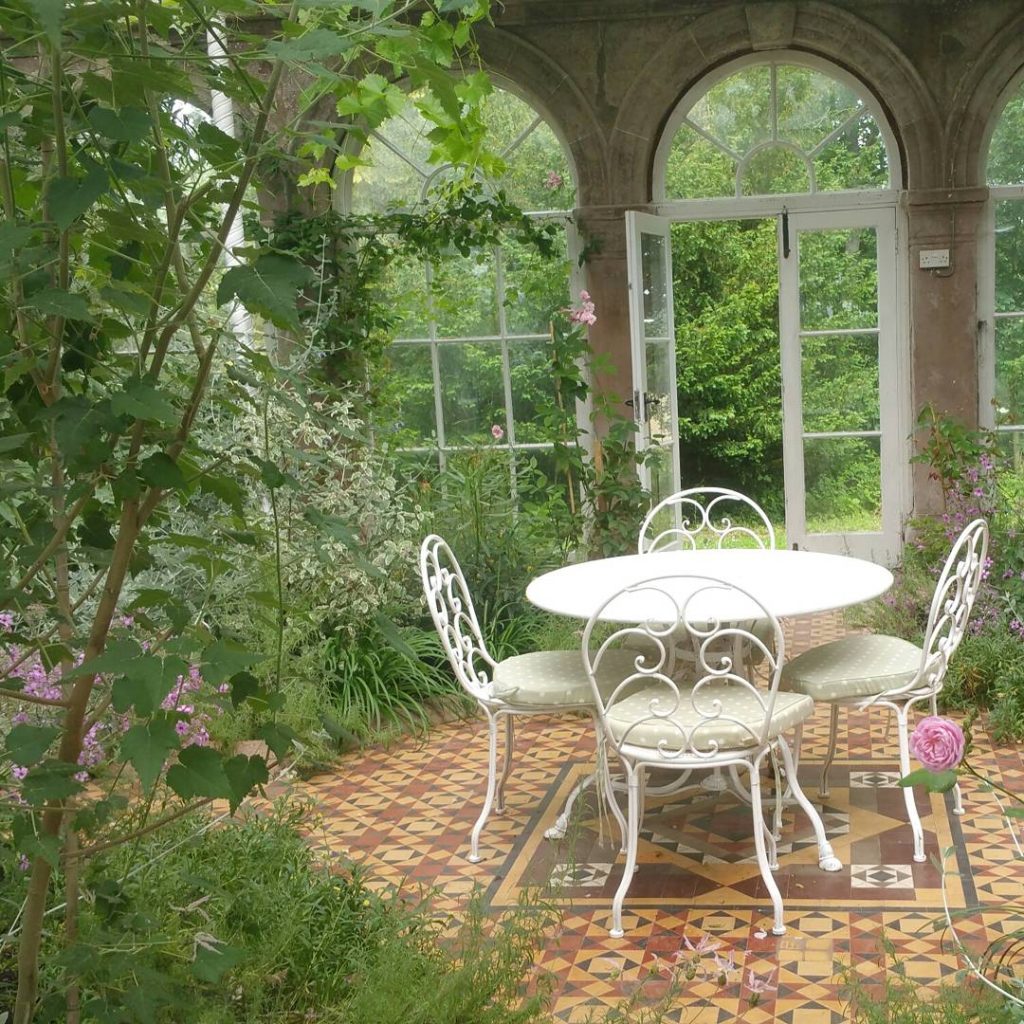
When did you develop an interest in gardens and gardening?
Gardening was always there in the background. As a child, I helped my parents in the garden, but I didn’t really think about it seriously until later in life. When Alex, my husband, was in the army, we lived in army quarters, and I would tend little pots or a tiny border garden, but I never had the space to do much. It was only when we moved to Northumberland about 28 years ago that I started gardening properly. We rented a farmhouse, and the garden was essentially a field. At the time, Alex was recovering from a terrible car accident, and we both found ourselves drawn to the garden. He was on crutches, but between us, we slowly started creating a garden, and that’s where it all began.
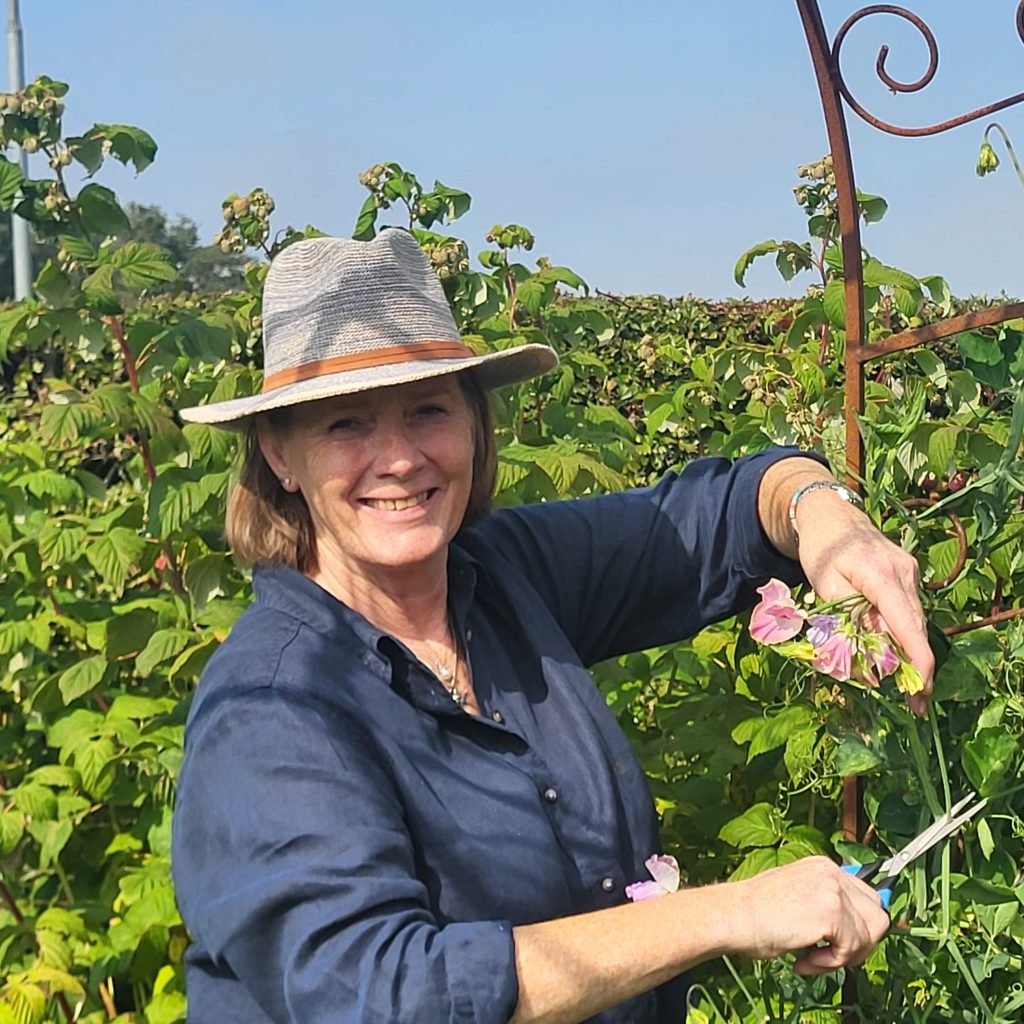
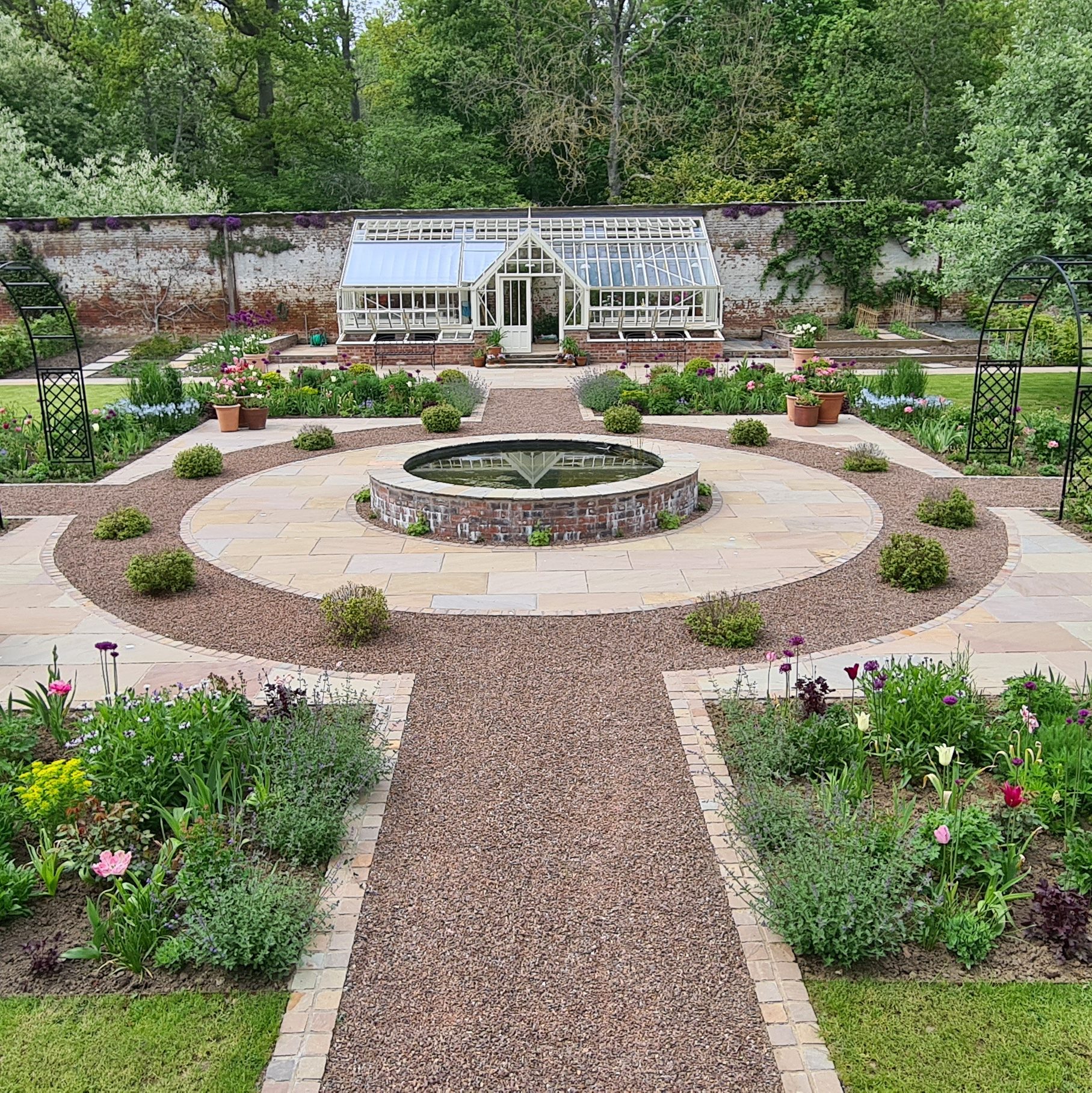
You came into garden design rather late. What led to that?
It really stemmed from Alex’s accident. He wasn’t able to work, and with three young children, it was a very challenging time. My mother encouraged me to use gardening as a way to cope, and it quickly became a passion. We opened our garden to the public through the National Garden Scheme (NGS). After that, I began receiving inquiries from people asking if I could help with their gardens or create planting plans, and it grew from there into a professional venture.
When you’re designing a garden, where does your inspiration come from?
My inspiration always comes from the surrounding landscape and the relationship between the garden and the house. I like to stand in a garden and imagine, “If this were mine, what would I do?” It’s not just about making something look pretty—it’s about understanding how the space will feel, how it will be used, and how it fits within its environment. The local weather, light, and geography are all things I consider when designing a garden.
Do you have a specific type of client, or does it vary?
It varies, but most of my clients are owners of large country houses, many with a bit of history or heritage attached. But I also work with smaller gardens, especially in villages or towns. While the majority of my work is in the North East and Borders, we’ve designed gardens in places like Wales, Hampshire, Wiltshire, Essex, and North Yorkshire. Each client and garden is unique, and I’m fortunate to say that many of them have become close friends. It’s their generosity and support over the years that has helped shape my career.
What has been your favourite garden to design and why?
That’s such a difficult question! Every garden we create has its own appeal. But one that stands out is the sensory garden we designed for the National Autistic Society at Howick Hall. We had to work with a limited budget, but it’s brought so much joy to visitors. I also loved working on the Northumberland garden of a global fashion designer. Initially I was a little nervous working for another designer, but it felt like we were really aligned, and I was able to capture his vision perfectly. The garden has continued to evolve, which is always rewarding to see.
Another favourite was a walled garden we designed for a family who have recently refurbished a stunning country house near Thropton in Northumberland. It’s a project that both the family and I feel immensely proud of.
Who have been the major influences in your life and work?
My late mother-in-law, Cecilia McEwen, was a huge influence. She had incredible taste in home design and gardening, and I learned so much from her. I’ve also been fortunate to have some amazing mentors like Patricia Fleming, Ginny Fairfax, and the indomitable Arabella Lennox-Boyd, who I have learnt so much from. I also really admire the work of Piet Oudolf, Tom Stuart-Smith, and Arne Maynard. Their ability to blend art with nature is inspiring.
What are your favourite gardens to visit for pleasure? Which are on your bucket list?
I love visiting Great Dixter and Sissinghurst. Abroad, the Gardens of Ninfa in Italy are at the top of my bucket list—they’re supposed to be magical. I’d also love to see Pete Oudolf’s garden in the Netherlands and the water gardens at Tivoli in Italy. There are so many wonderful gardens that open through the NGS, and I try to visit as many as I can.
What are the “must-haves” in good garden design?
Good garden design is all about organising spaces and understanding how the garden will be used. It’s important to create a balance between positive and negative space—concealing the less attractive areas while highlighting the best features. A well-designed garden feels natural, but also functional. Simplicity, unity, harmony, and balance are all key elements. But above all, listening to your client is crucial. It’s their garden, after all, and their needs and vision must guide the design process.
How has global warming impacted the way you design gardens?
It has had a massive impact. Plants are blooming a month earlier than they used to, and we have to think about drought-tolerant plants and water conservation. Designing gardens to require less water is essential now. I’ve started incorporating more gravel planting and experimenting with substrate to ensure gardens are more resilient. Biodiversity is also critical, as we need to plant in ways that extend the flowering season to support pollinators.
Sustainable practices, like avoiding plastic, peat, and minimizing waste, are more important than ever.
Could you walk us through your garden design process?
It starts with a site visit. I like to walk around the space, often alone, to get a feel for it. I tend to think in terms of soft landscaping first—I visualize where the plants will go. Once I have that picture in mind, I move on to hard landscaping to support it. It’s about creating a flow within the space that feels natural and welcoming, while ensuring it’s practical for the client’s needs.
What projects are you working on at the moment?
We’re working on a variety of exciting projects. One is the re-planting of a historical parterre at a large country house in Yorkshire, which has been fascinating. We’re also designing a public garden in Bamburgh that includes a sensory garden and a labyrinth. Another project is a steep hillside garden for a new build, as well as a courtyard garden for a former farmyard at the foothills of the Cheviots. Each project has its own challenges and rewards, but I love the variety.
Do you have any plans for a book or a garden product line?
Not immediately, but it’s something I wouldn’t rule out in the future! Right now, I’m focused on my projects, but I’m always open to new possibilities.
What advice would you give to a young person starting out in garden design?
First and foremost, learn your plants. You can’t design a garden if you don’t understand the plants and how they grow, their maintenance requirements, and their impact on the space. Get hands-on experience, whether it’s in your own garden or by working with others. Flexibility and adaptability are also key. Listen to your clients and collaborate with them—after all, it’s their garden, not yours. A good design is one that reflects the client’s vision and can be sustained over time.
Is there anything else you’d like to add?
I’m just very grateful to all our clients—they’ve become friends, and without them, we wouldn’t be where we are today. Gardening has been such a huge part of my life, and I’m thankful every day that I get to work with plants and people who share my passion.
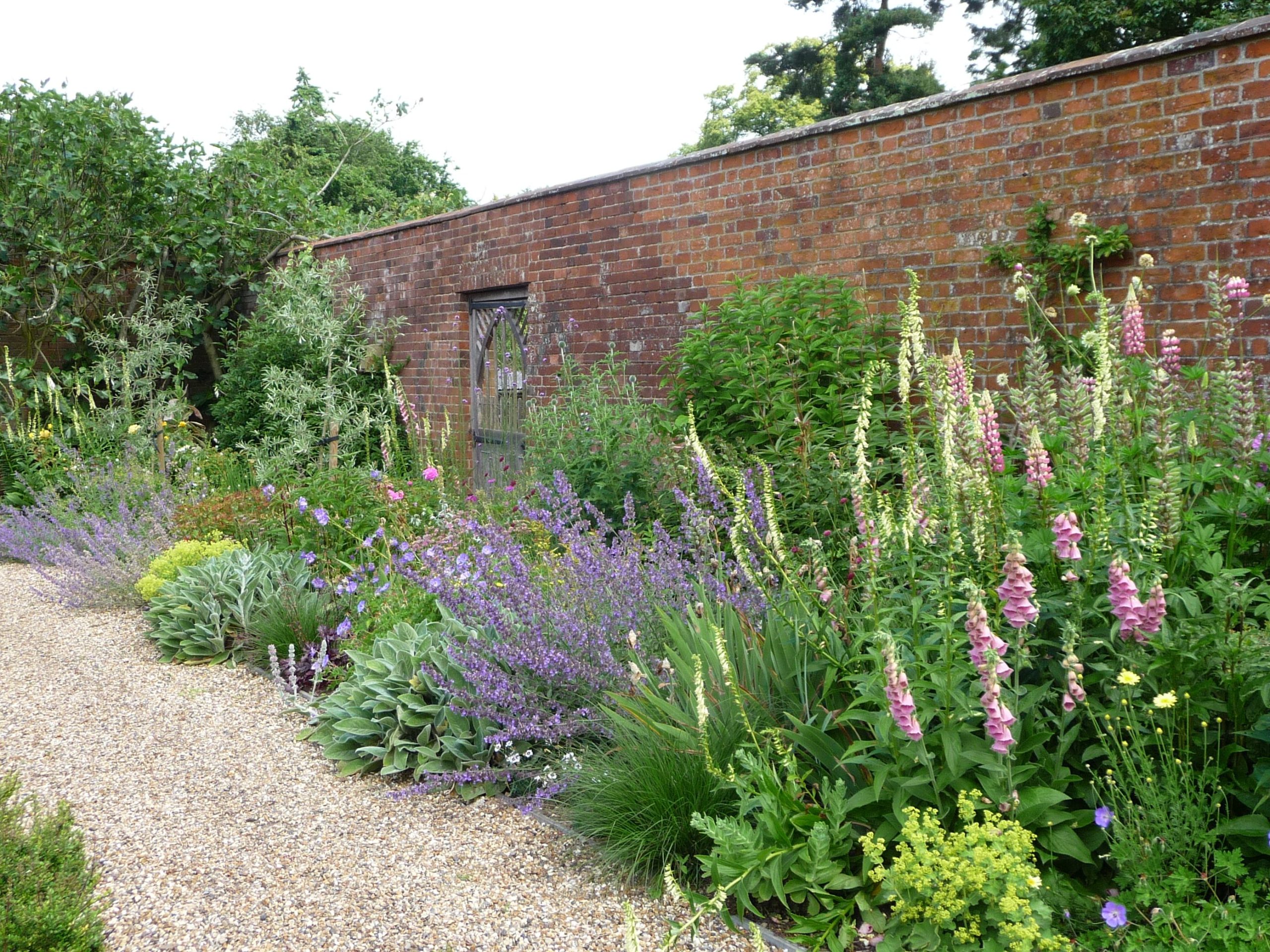
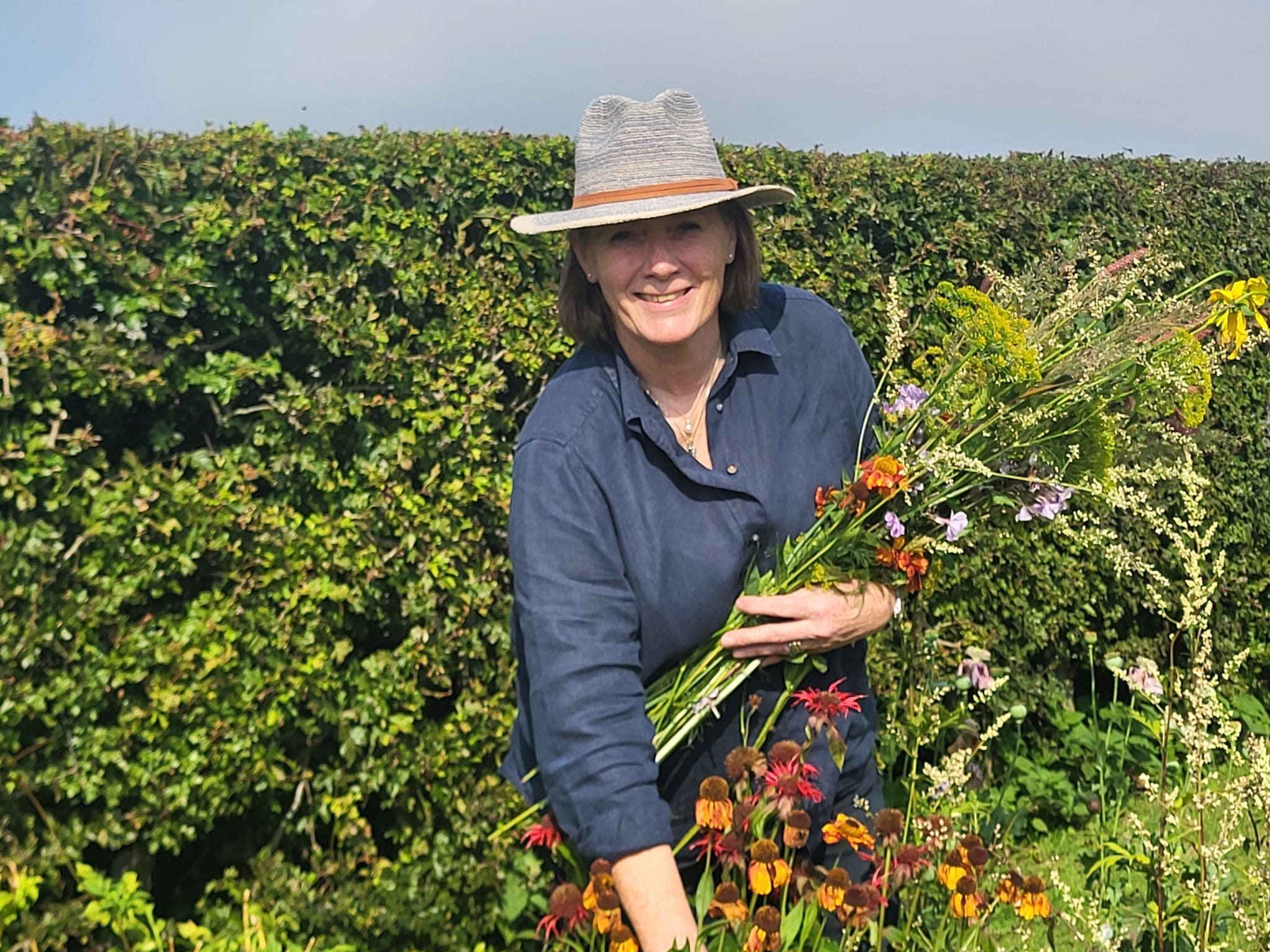
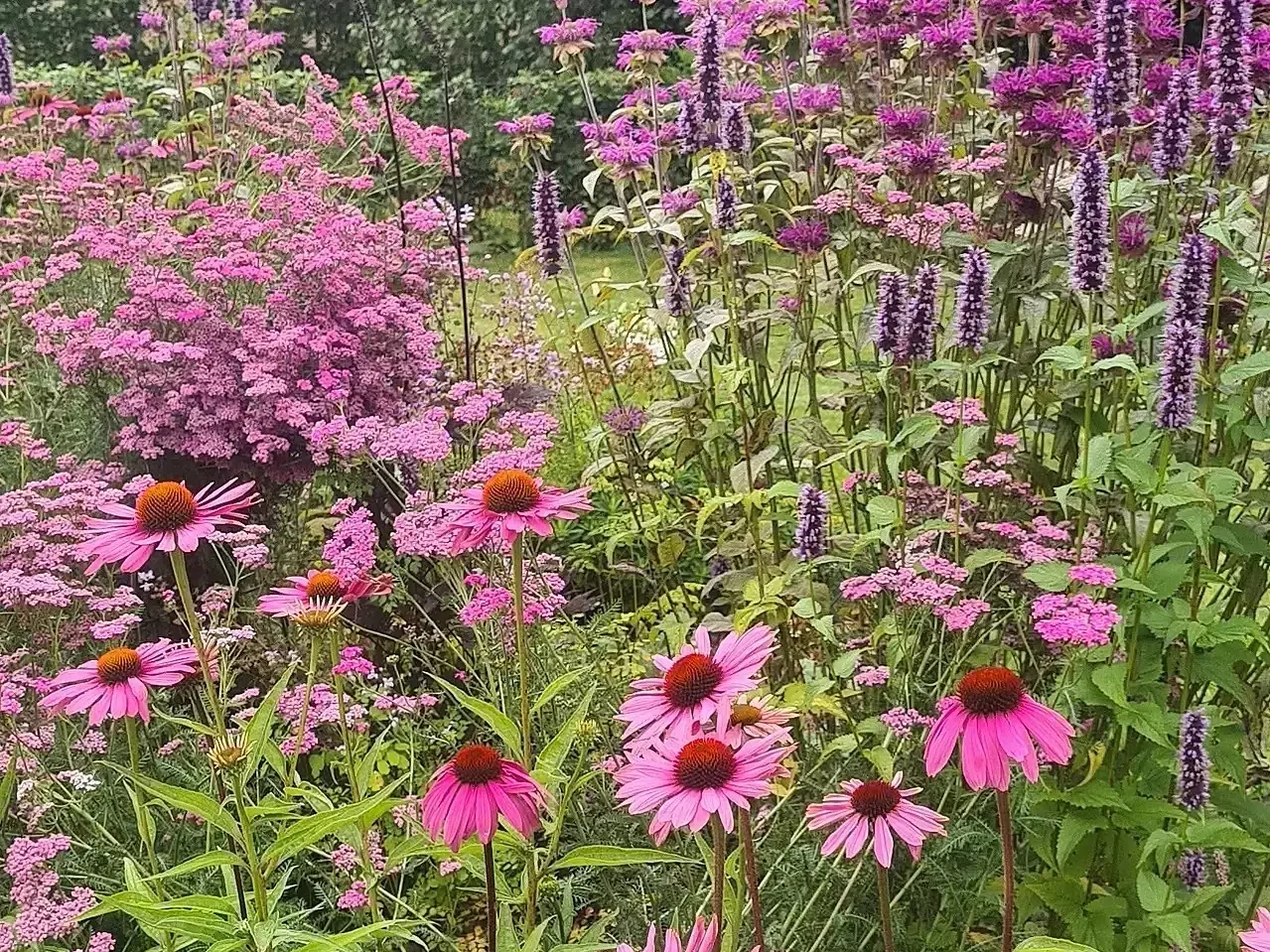
Best Loved:
- Wall Colour: Bright yellow, but not too limey
- Fabric House: Tasha Textiles
- Artist: Rory McEwen. His botanical works are stunning, and I also admire Fiona Strickland, Angie Lewin, and Philip Castle
- Cocktail: A Negroni, but not too strong
- Restaurant: The Cook House in Newcastle for fantastic seasonal dishes
- Cookbook: Jane Lovett and Ottolenghi
- Film: Doctor Zhivago
- Book: I can’t choose one! Tess of the D’Urbervilles, Anna Karenina, and The Goldfinch
- Travel destination: Venice, and Aberdyfi in Wales
- Fashion label: Whatever fits at the time!
- Hero/heroine: My three boys and my husband
- Happy room: Pottering in my garden or working in my studio

